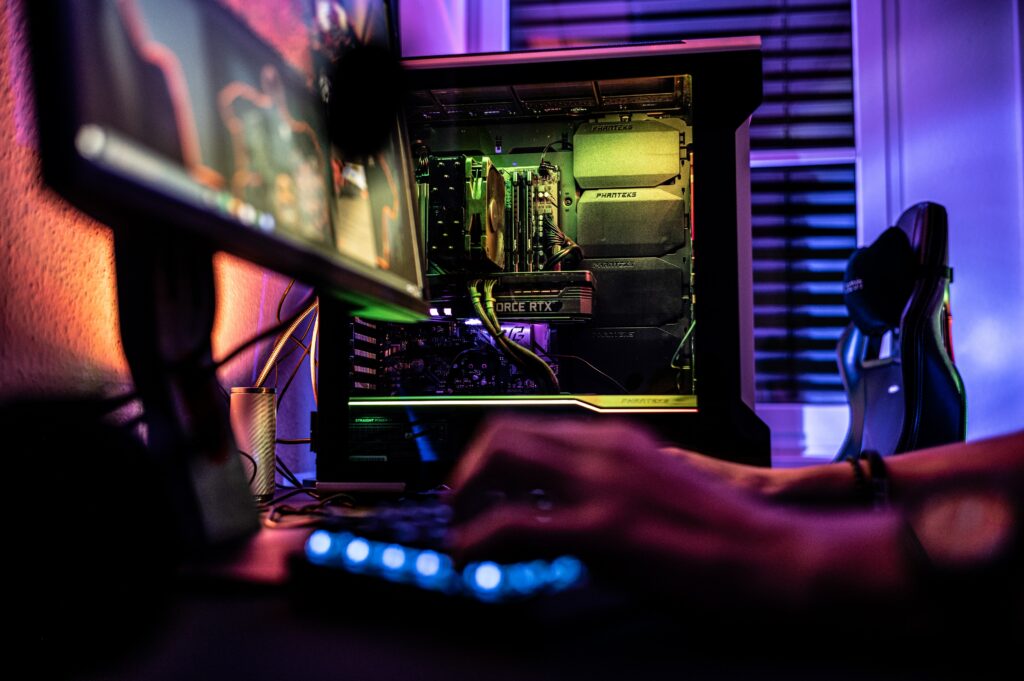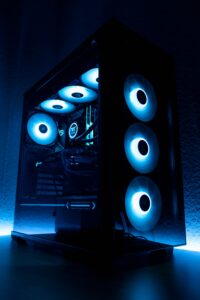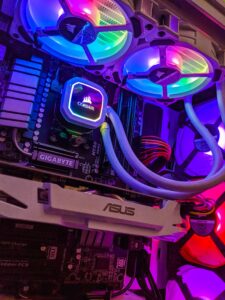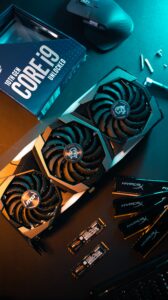Power limit throttling is a phenomenon that occurs when a computer’s processor or graphics card is drawing more power than the system is designed to handle. When this happens, the system reduces the performance of the processor or graphics card to stay within the safe limits of the power supply. In this article, we will explore the causes and effects of power limit throttling and provide solutions to this issue.
Power limit throttling is essential because it can significantly impact the performance of a computer or device. Reduced performance and speed can be frustrating for users, especially when working on tasks requiring high processing power. Additionally, power limit throttling can cause frequent system crashes, resulting in the loss of important data. Addressing power limit throttling is essential to maintaining the system’s lifespan and avoiding damage to hardware.
This article aims to provide an overview of power limit throttling, its causes and effects, and solutions to this issue. By understanding the factors that contribute to power limit throttling and implementing appropriate measures, users can prevent the negative consequences of this phenomenon and optimize the performance of their systems.
Power limit throttling
Causes of Power Limit Throttling :
Several factors can cause power limit throttling.
Overheating due to poor cooling system: When a computer’s cooling system is not working correctly, it can cause the system to overheat. This can be due to dust or debris blocking the airflow, a malfunctioning fan, or an inadequate cooling system design. When the system overheats, it can trigger power limit throttling to reduce the temperature and prevent damage to the hardware.
Insufficient power supply: A computer or device drawing more power than the power supply will trigger power limit throttling. This can be due to a power supply that is not powerful enough for the system’s components or a failing power supply.
High-demand workload: When a computer runs a high-demand workload, such as video editing or gaming, it can draw more power than the system is designed to handle. This can cause power limit throttling, especially if the workload is sustained over a long period.
Battery conservation in laptops: Power limit throttling can occur when the battery is low and the system is trying to conserve power. The system may reduce the performance of the processor or graphics card to extend the battery life.
By understanding the causes of power limit throttling, users can take appropriate measures to prevent it from happening or address it if it does occur. This can help optimize the system’s performance and avoid potential damage to hardware.
Effects of Power Limit Throttling :
Power limit throttling can have several adverse effects on the performance and lifespan of a computer or device. Below are the four most common effects:
Reduced performance and speed: When power limit throttling occurs, the system reduces the performance of the processor or graphics card to stay within safe power limits. This can result in reduced performance and slower processing speed, which can be frustrating for users, especially if they are working on tasks that require high processing power.
Frequent system crashes: Power limit throttling can cause frequent system crashes, resulting in the loss of essential data. When the system cannot handle the workload or the power supply is insufficient, it can cause the system to shut down unexpectedly.
Damage to hardware: Power limit throttling is designed to protect the hardware of a system from damage due to overheating or power surges. However, if power limit throttling occurs frequently, it can cause damage to the hardware, primarily if the system is being used for high-demand workloads over a prolonged period.
Reduced lifespan of the system: Power limit throttling can significantly impact the lifespan of a computer or device. Frequent power limit throttling can cause the hardware to wear out faster, reducing the system’s lifespan.
By addressing power limit throttling and taking measures to prevent it from occurring, users can optimize the performance of their systems and extend their lifespan.
Solutions to Power Limit Throttling :
There are several solutions to power limit throttling that users can implement to optimize the performance of their systems.
Improve cooling system: Upgrading or cleaning out dust and debris from the existing system can significantly reduce the risk of power limit throttling due to overheating.
Increase power supply: Upgrading to a higher wattage power supply can ensure the system receives adequate power to support high-demand workloads.
Use high-performance battery: For laptops, using a high-performance battery can provide a longer-lasting power supply, reducing the need for power limit throttling due to battery conservation.
Adjust power settings: Users can adjust the power settings on their systems to prioritize performance over power savings or use power-saving mode only when necessary.
Reduce workload: Limiting the workload on the system or closing unused programs and apps can reduce the power demand and reduce the risk of power limit throttling.
Undervolt the processor: This advanced solution reduces the voltage supplied to the processor to reduce power consumption and heat generation. However, this should only be attempted by advanced users with hardware adjustments experience.
By implementing these solutions, users can prevent power limit throttling and optimize the performance and lifespan of their systems. It is important to note that some solutions may require the help of a professional, especially those that involve hardware upgrades or adjustments.
In conclusion, power limit throttling can have several adverse effects on the performance and lifespan of a computer or device. Causes of power limit throttling include overheating due to poor cooling systems, insufficient power supply, high-demand workload, and battery conservation in laptops. The effects of power limit throttling include reduced performance and speed, frequent system crashes, damage to hardware, and reduced system lifespan.
It is essential to address power limit throttling to optimize the performance and lifespan of the system. Solutions include:
- Improving the cooling system.
- Increasing the power supply.
- Using a high-performance battery.
- Adjusting power settings.
- Reducing workload.
- Undervolting the processor (for advanced users).
Addressing power limit throttling can help users avoid adverse effects and optimize the performance of their systems. It is recommended that users regularly clean their systems, keep them updated with the latest software and hardware upgrades, and seek professional help if needed. By taking proactive measures, users can ensure that their systems perform at their best and have a longer lifespan.






